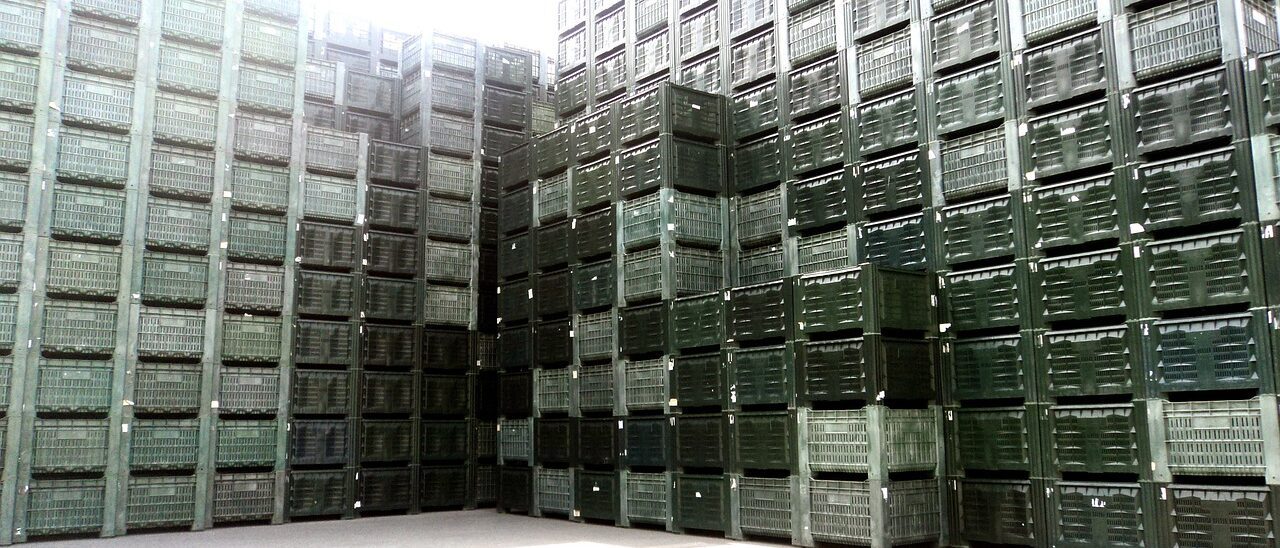Accelerating A Green Commerce Revolution

Worldwide pandemics and more recently, military conflicts in Eastern Europe are continuing to cause significant disruption to global commerce, supply chains and consumers. However, in an unexpected turn of fortune, these very same events present an opportunity to rethink many of the approaches that have facilitated rampant consumerism and exacerbated the climate crisis.
In due course, this ‘rethink’ could well be the spur that brands and governments need to kickstart a sustainable, green revolution in manufacturing, supply chain and retailing approaches.
As both brands and governments look to allay future supply chain disruptions and the very real knock-on effects inflation is having (on businesses and individuals), the topic of on-shoring and all its potential long-term consumer and environmental benefits is gathering momentum. Alex MacPherson, Director of Solution Consultancy and Account Management at Manhattan Associates explores this further…
A CASE BEYOND PURE ECONOMICS
Increased flexibility, access to larger workforces and reduced operational expenses. These are just three of the most commonly cited reasons that have seen tens of thousands of North American and European organisations move significant business operations overseas. And while the expansive global supply chains that had gained prominence since the turn of the millennium have undoubtedly brought cost efficiencies, they have also introduced a level of fragility that, until recent events, was not entirely understood.
While offshoring and the acquisition of raw materials and products from single, dominant markets might have been a good idea from a financial perspective, having factories that produce 90 percent of global semiconductors and microchips or countries responsible for the supply of 30+ percent of global wheat yields has shone a spotlight on the vulnerability and costliness of single points of failure in global market conditions.
As a result, many organizations (state and private sector) are weighing the benefits of moving their manufacturing and supply chain functions closer to consumers in an attempt to guard against the inevitability of future market volatility.
Nevertheless, there is far more to like about the potential for bringing supply chain and manufacturing processes closer to the consumer than simply economic and security incentives. The ‘onshoring’ movement of entire manufacturing processes and supply chain networks offers a tantalizing opportunity for brands to reimagine and reinvent their entire approach to sustainability and environmentally responsible products and services from the ground up.
For example, it is a well-known fact that in the FMCG sector alone, restructuring and implementing a more sustainable approach to packaging chips or juices can cost millions of dollars in both time and technology.
Expensive though it may be, consider this: the chance to implement an entirely new stack of technology and processes from scratch (buoyed with benefits) is a once-in-a-lifetime opportunity that most brands will never have. It is a chance to build the perfect manufacturing methods, supply chains and delivery networks that not only cater to the demands and expectations of modern consumers but also ensure that these practices are aligned with environmental, and sustainability goals too.
That is surely a prospect everyone from the CEO, down to the end consumer, can see the long-term value of.
GREENING SUPPLY CHAINS AS IMPORTANT AS SOURCING AND MANUFACTURING
While sourcing raw materials from fair trade and eco-friendly suppliers is a key element to offering greener commerce options to consumers, it is equally important to recognize the importance of operating more sustainable supply chains to deliver these types of goods too – failing to do so adds up to a huge opportunity missed.
Whether it’s Manhattan’s unique approach to three-dimensional cubing (packing goods for shipment and shipping less air); smart packing and dunnage utilization; empowering consumers to make more environmentally conscious buying decisions with order fulfilment optimization; or using less packaging and shipping less air throughout the supply chain, volume per shipment can be reduced and transportation becomes more efficient, meaning fewer trucks on the roads and less planes in the skies.
It’s a win, win for not just bottom-line profitability, supply chain efficiency and customer experience, but crucially the environment to – another example of how the application of ‘smarter’ technology can drive ‘greener’ outcomes across entire supply chain networks.
BUILDING FOR THE LONG-TERM
World events are continuing to have a profound and lasting impact on the way we think about global supply chains in terms of resiliency and environmental credentials. As brands and governments look to mitigate against ‘the next’ significant event, the idea of moving manufacturing processes, goods and distribution networks closer to home/consumers is gaining traction.
The key to success for this new strategy rests on the ability of brands to continue to innovate at a supply chain level and deliver the types of networks and solutions that are not only resilient, smart and reliable, but also agile and responsive enough to deal with changing consumer and environmental needs in the future.
Having a chance to start from the ground up, away from any requirements to retrofit solutions and processes into existing business environments (often actually slowing down work-flows rather than speeding them up), is the thing of dreams for CEOs, COOs, CTOs and supply chain directors all over the globe.
While the cost of relocating, building new factories and implementing new technologies may impact shoppers’ pockets in the short-term, surely the chance to rethink our entire approach to global commerce and the opportunity to build a green retail Eden is an opportunity we cannot afford to pass up.
